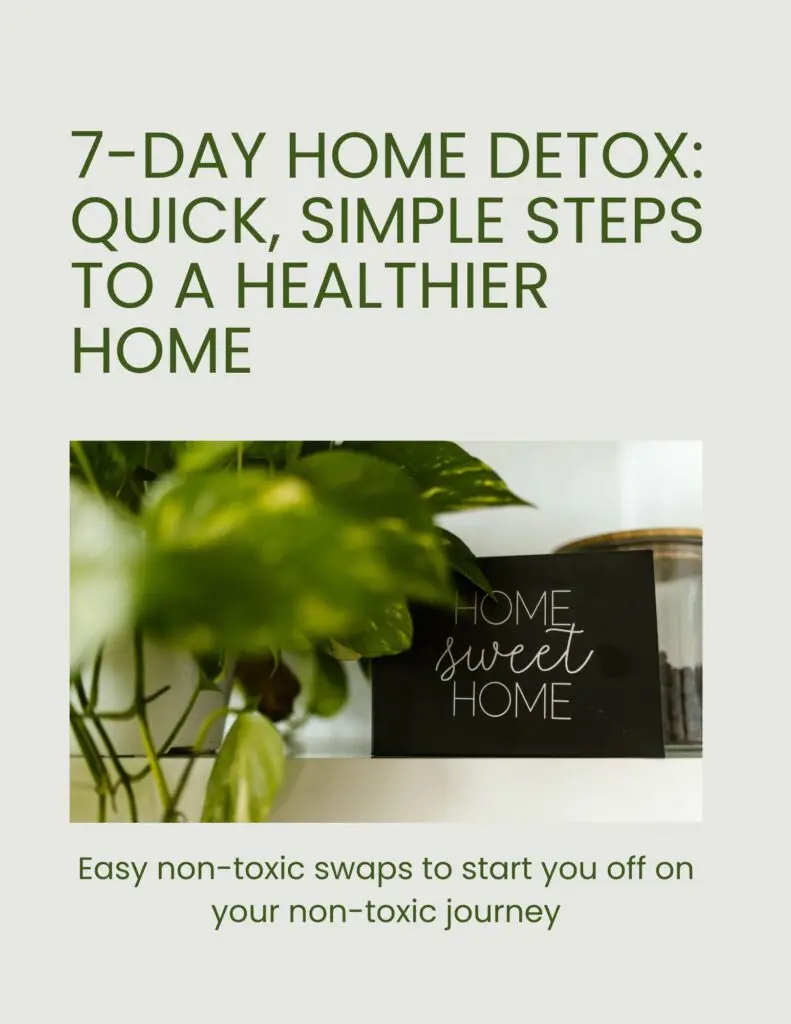Our kitchen, often considered the heart of the home, is where we prepare delicious meals and spend quality time with loved ones.
However, there are toxic kitchen items lurking in our cabinets that we may not be aware of.
We will explore three common kitchen items that can be toxic and their potential health effects. We will also provide alternative options that promote a healthier and safer kitchen environment.
Nonstick Cookware:
Nonstick cookware has gained popularity due to its convenience and ease of use. However, it contains a chemical called perfluorooctanoic acid (PFOA), which has been linked to various health risks.
Health Effects:
- When heated at high temperatures, nonstick coatings can release toxic fumes, including PFOA, which may cause flu-like symptoms and respiratory issues.
- Long-term exposure to PFOA has been associated with reproductive problems, liver damage, and an increased risk of certain cancers.
Alternative: Opt for safer alternatives such as stainless steel, cast iron, or carbon steel cookware. These options do not contain toxic chemicals and provide excellent cooking performance. Remember to use wooden or silicone utensils to prevent scratching the surface of these pans.
Plastic Food Containers:
Plastic food containers are commonly used for storing leftovers and packing lunches. However, many plastic containers contain harmful chemicals that can leach into our food, especially when exposed to heat or acidic substances.
Health Effects:
- Bisphenol A (BPA) and phthalates are two common chemicals found in plastic containers. They have been linked to hormone disruption, fertility issues, and an increased risk of certain cancers.
- Microplastics, tiny particles present in some plastics, can also contaminate our food and water, potentially causing digestive and reproductive system problems.
Alternative: Choose safer options like glass or stainless steel containers for storing food. These materials are non-toxic and do not leach harmful chemicals into your meals. Additionally, they are more durable and can be reused for a longer period, reducing environmental waste.
Kitchen Cleaning Products:
Cleaning products are essential for maintaining a clean and hygienic kitchen. However, many conventional cleaners contain harsh chemicals that can pose health risks to both humans and the environment.
Health Effects:
- Volatile organic compounds (VOCs) found in cleaning products can contribute to indoor air pollution, leading to respiratory problems, allergies, and eye irritation.
- Chemical ingredients like ammonia and chlorine bleach can cause skin irritation, headaches, and even chemical burns if mishandled.
Alternative: Transition to natural and eco-friendly cleaning products. Look for plant-based ingredients such as vinegar, baking soda, and lemon juice, which are effective in removing dirt and grime. Or, you can try making your own cleaning products. They are non-toxic, biodegradable, and safer for your health and the environment.
Conclusion:
Creating a safe and healthy kitchen environment is crucial for ensuring the well-being of ourselves and our families. By being aware of toxic kitchen items and their potential health effects, we can make informed choices and opt for healthier alternatives.
Replace nonstick cookware with stainless steel, cast iron, or ceramic options to eliminate exposure to harmful chemicals. Swap plastic food containers for glass or stainless steel containers to prevent chemical leaching. Finally, choose natural and eco-friendly cleaning products to maintain a clean kitchen without sacrificing your health or the environment.
By making these simple changes, we can transform our kitchens into safer spaces, promoting overall well-being, and enjoying peace of mind while preparing meals for our loved ones.
Want More Tips? Download the Free “7-Day Home Detox Guide”
Looking to make changes in other areas of your home? My free “7-Day Home Detox Guide” offers simple, low-cost steps to make your home healthier, one day at a time.
Get it here to start building a non-toxic lifestyle that works for you!

Where to Go from Here: Resources to Keep You Empowered
Your non-toxic journey doesn’t have to be a lonely one.
You can stay connected on social media Facebook | Pinterest | Instagram where I share daily tips, product recommendations, and encouraging messages to keep you inspired on your journey.
And if you’re looking for trustworthy, non-toxic products to add to your routine, my online shop is curated with only the best low-toxic and non-toxic items I personally use and recommend.
Get started:
– Follow on Social Media: Facebook | Pinterest | Instagram
– Shop Curated Non-Toxic Products.